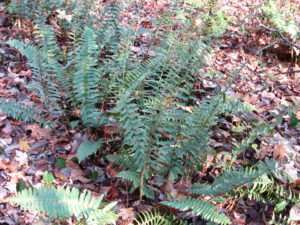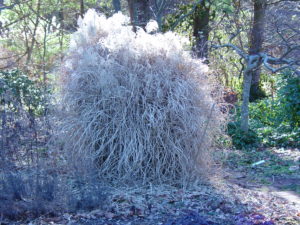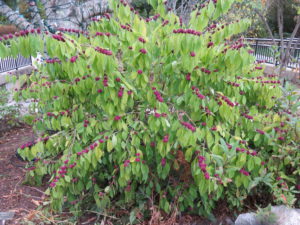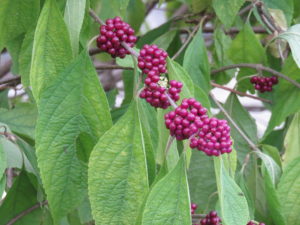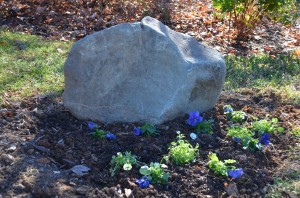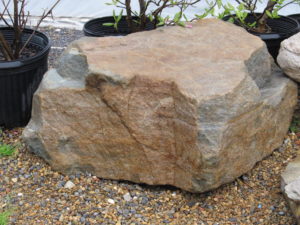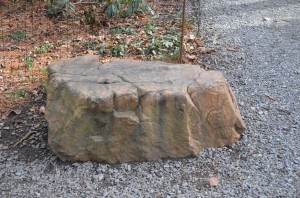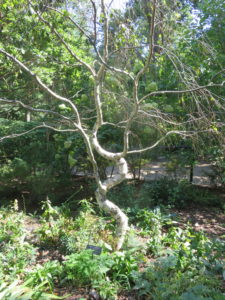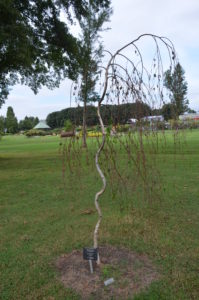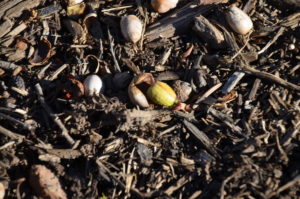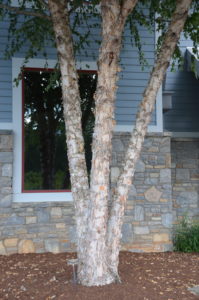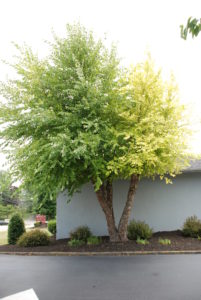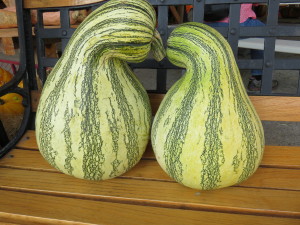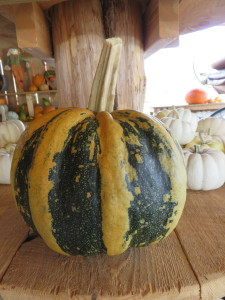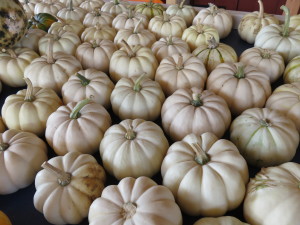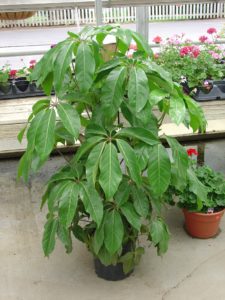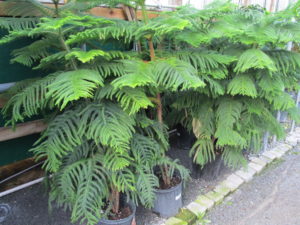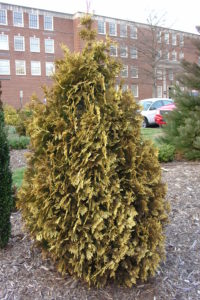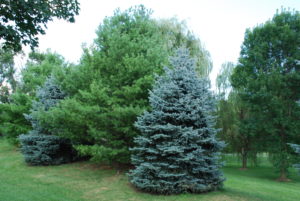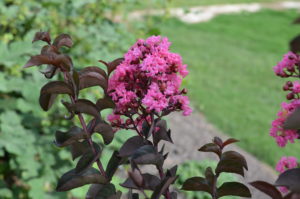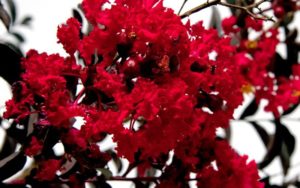You do not need to cut perennials back in the fall, but many gardeners do so as part of the garden cleanup. Don’t rush the job. Leaves of many perennial plants continue to produce and store carbohydrates in crowns and roots until they go fully dormant. Wait until after the first hard frost or until leaves have turned yellow or brown before cutting back plants back. The old growth may also carry over diseases, particularly mildews and botrytis and re-infect new spring growth.
There is no hard fast rule how far to cut back plants. For most perennials, prune them back to about 2 to 3 inches from the ground. Cutting off at ground level may damage the plant crowns where the new shoots emerge in the spring.
Do not cut back evergreen perennials such as assorted ferns, coral bells (Heuchera spp.), and lenten roses (Helleborus spp.) in the fall. You may trim off spent flower stems and any tattered and dead basal leaves. For most vines, wait until they are completely dormant before trimming them back. Trim them high, leaving at least 6 inches and more.
For some perennials which grow shrub-like, it is best to wait until late winter. However, the following perennials may be injured: silver mound (Artemisia), butterfly shrub (Buddleia), Blue mist shrub (Caryopteris), lavender (Lavandula), and Russian sage (Perovskia). With these perennials, wait until new spring growth starts to emerge before clipping off the old growth.
Again, it is not necessary to cut perennials back in the fall. Many perennials also provide winter interest to an otherwise drab landscape. Examples include ornamental grasses, coneflowers, goldenrods, and evergreen ferns. Ornamental grasses are architectural wonders. Lastly, seeds from coneflowers (Echinacea), blackeyed Susans (Rudbeckia), globe thistles (Echinops), goldenrods (Solidago), and yarrows (Achillea) are important food sources for overwintering birds.

